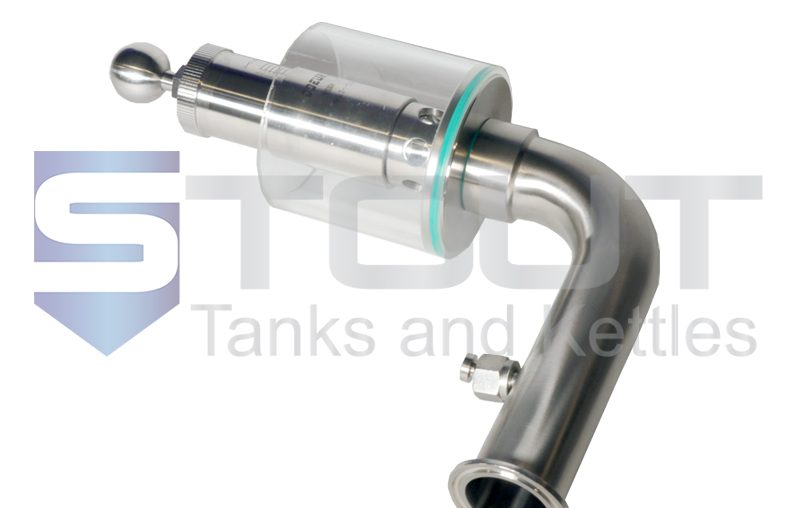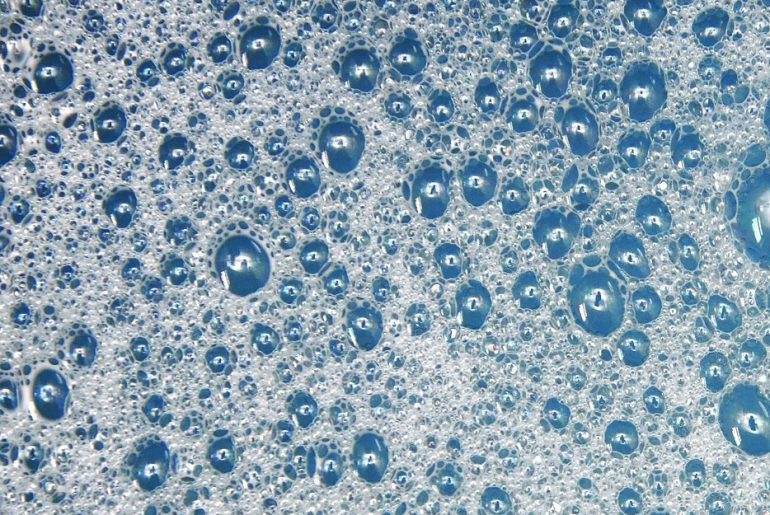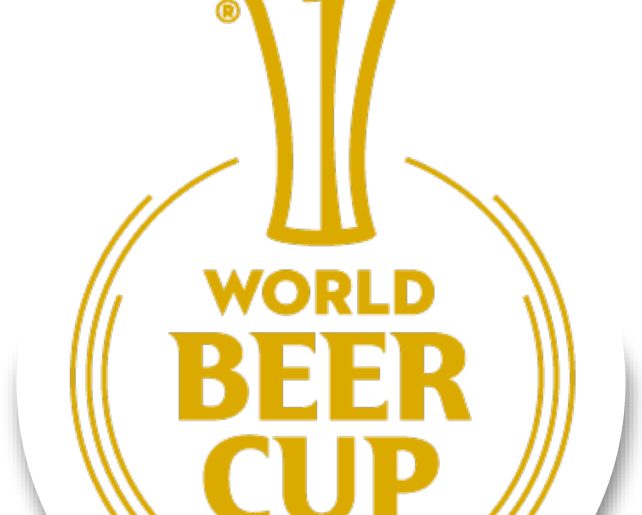What is Spunding?
Spunding is a cost-effective way to carbonate your beer without using CO2. It is a form of “pressurized fermentation” that lets the brewer control the amount of gas absorbed or released during the fermentation process.
Benefits of Spunding:
- Saves money – reduces CO2 gas purchases
- Increases head retention
- Slow pour beer Secret Weapon
- Increases hop and malt aromas
- Minimizes your carbon footprint
- Speeds up time for the finished product
- Maintains a natural fermentation process
- Much safer than the “forced carbonation” method
- Produces more consistent flavors
- Ferment under pressure and condition your beer before transferring to a keg
The History of Spunding
Spunding is a technique that dates back to the early brewing days in Germany. The name “spund” originates from the German word for “bung,” a cork used to seal a vessel. The spunding process involves sealing a beer mid-fermentation with its natural byproduct, carbon dioxide. Over time the beer absorbs pressurized gas and carbonates naturally.

Do you need a Spunding Valve?
Absoluetly. Using a spunding valve allows you to naturally carbonate your lagers and ales without building dangerously high pressure during the fermentation process. By adding a spunding valve to a fermentation tank, a brewer controls the natural carbonation of a beer while it ferments. If the pressure in the tank builds above the target PSI, the spunding valve releases the excess pressure.
Read more about the spunding process, here.
Important to Remember:
- Spunding valves do not replace pressure relief valves on your tank. Your tank still requires a pressure relief valve (PRV) for safety.
- Spunding valves do not protect the tank against a vacuum condition.
Purchase your Spunding Valve Today >>



